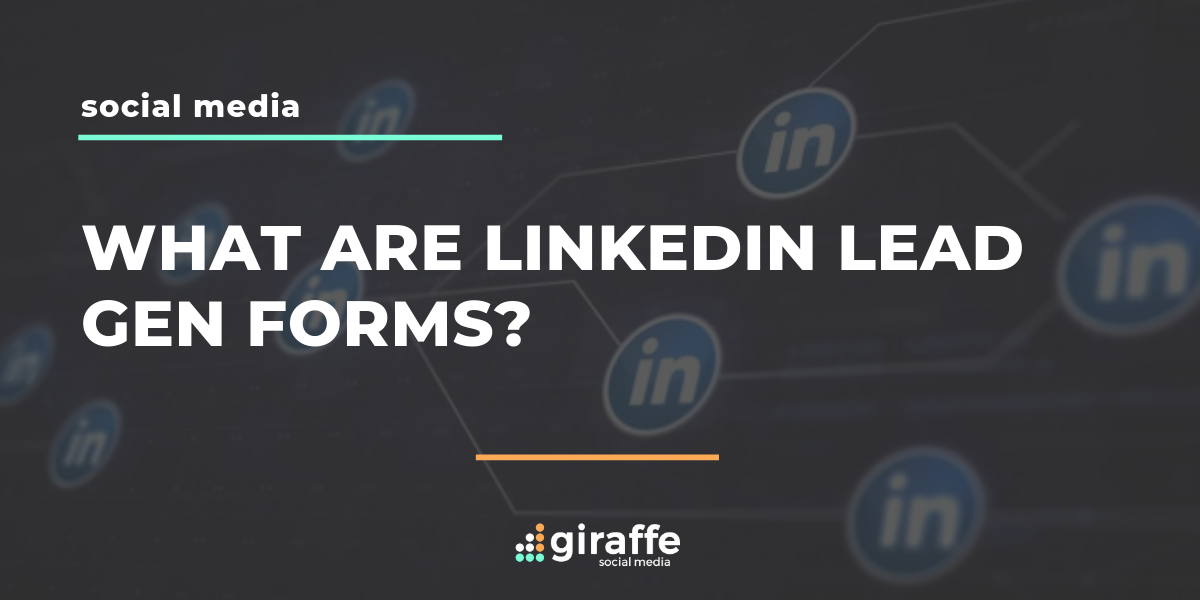LinkedIn has been making improvements to its advertising features recently, with the latest addition being Lead Gen forms that can now be attached to LinkedIn ads, so people can click through and make their interest in a business known.
What Do Lead Gen Forms Do?
The social media platform hopes the Lead Gen forms will help advertisers collect quality leads more efficiently and quickly. The forms help accumulate LinkedIn users’ profile data that’ll help businesses target and find individuals who are interested in their product or service by pre-filling all the answers with their details.
How Do Lead Gen Forms Work?
All a LinkedIn user has to do is click on a call-to-action button which will come up on a LinkedIn ad, if it has a Lead Gen form attached. When the individual clicks the CTA button, then everything they have uploaded on LinkedIn about themselves – their contact and personal profile information will automatically fill out the form’s fields. People will be far more likely to submit the form as it means a user doesn’t have to go through the effort of inputting all the information themselves. The personal data is also a lot less likely to be inputted wrong as it’s auto-filled, unless the person has shared incorrect information on their page.
What’s the Benefits of Lead Gen Forms?
According to LinkedIn, their ‘Lead Gen Forms, advertisers can collect leads at conversion rates that typically outperform the LinkedIn benchmark,’ making them an extremely useful tool in advertising and collecting leads.
The forms are available on both mobile and desktop platforms and can be used alongside Sponsored Content and Sponsored InMail ads and campaigns. Even more helpful, LinkedIn offer the Lead Gen forms at no extra fee, so it will just be the normal ads you pay for, with an added bonus of better conversions.
How Do I Create a Lead Gen Form?
First of all, you must create a lead gen form template. Here you must state your offer in the headline, a description and add a privacy policy URL, so users will understand what you plan to do with their data.
You can select up to seven fields to include on the form from sectors including company, contact, work, education and demographics, so you have to think about your audience and what you want to know carefully. Under these sections you can select criteria such as job title, industry, the city you live, degree, graduation date and company size. All these will pre-populate when they submit the form.
The advertiser can then ask three custom questions in the lead gen form too, but they will contribute to the total of seven fields allowed. The individual filling out the form must answer these questions in order to submit it, so don’t think of anything too difficult or complex to ask which might deter them from filling it out. You can choose your type of question too, from either a single line text input or a multiple-choice enquiry. The latter allows the advertiser to come up with five possible answers to the question, giving them a chance to understand their audience more too.





